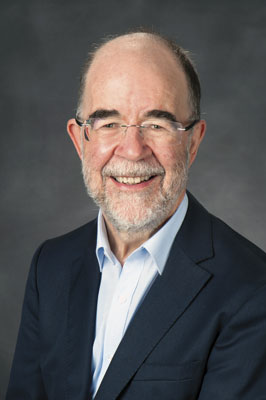
Australia led the world when pain medicine first developed back in the 1990s, so one might expect us to be further ahead with managing persistent pain than we are. Pain medicine is an add on specialty with, anaesthetists, rehabilitation physicians, neurosurgeons, psychiatrists and general practitioners having been trained in Western Australia. We are lucky to have this wide skill set available to help manage patients with chronic or persistent pain.
Chronic or persistent pain should be seen as a chronic disease, managed but seldom cured, with most patients manageable in the general practitioner setting.
Pain is a strange condition because it cannot easily be measured and is so variable – both between patients and within any one patient. It is a complex sensory and emotional experience.
Because all pain is in the brain it is essential we don’t forget to manage this. The commonest complaint of patients seen in public (and private) pain clinics is chronic back pain. While the source of the presumed nociceptor is often sought, it is often hard to identify and even if one is found it is hard to treat. Many patients have had “successful” surgery but still have bothersome pain, and many patients have had multiple spinal injections yet continue with pain and poor function.
What to do?
Engaging patients experiencing poor tolerance of pain and poor function is difficult. However, if appropriate expectations can be set (less pain, not no pain), then education about the causes of pain and sensitisation of the nervous system, together with involvement in a paced (a little bit, often) exercise program, and minimising medications (reduce or cease pregabalin and opioids) to improve cognitive function, progress can be made.
More complex patients often need more support and education with additional non-drug coping strategies (best presented in a group-based setting). These more intense programs are usually only available in groups in the public sector because of the limited funding in the private/Medicare funded arena.
Waitlists at the three pain clinics in Perth – RPH, FSH and SCGH, are much improved over recent years and access should be possible within 6 to 9 months (still very long though for someone with significant pain and distress!).
What about opioids.
In the 1980s and 90s opioids were to be our saviour, and although caution was sounded in WA (1,2), with the widespread false marketing of the slow release opioid products they took hold of the community. We are now battling with the consequences of; pain equals opioids and a lot of pain equals a lot of opioids. Medically prescribed opioids have caused many deaths in Western Australia especially when co-prescribed with benzodiazepines. Opioid induced cognitive impairment (brain fog) – often not apparent to the individual, tolerance (increasing doses to get the same effect), hyperalgesia (pain sensation beyond what would normally be expected) and opioid induced endocrinopathy are also widely seen with moderate to high dose opioids.
The anti-epileptic/anti-neuropathic agent pregabalin is now widely prescribed for persistent pain, with little evidence of efficacy. It has become a drug of misuse. Initially indicated for neuropathic pain (pain due to a lesion or disease of the somatosensory nervous system) it is being used for all difficult-to-treat pain (outside the PBS Authority indication). Patients often quite like pregabalin, maybe because of its sedative/anxiolytic effects, which may explain its popularity in the prison population.
What about cannabis?
Will these be our next saviour? With regard efficacy at reducing pain and improving function the jury is definitely in – there is no reasonable evidence! The Australian Government Senate have an alternate view and have semi-legalised “medicinal” cannabis in Australia so it is likely the jury will continue to be challenged!
Further Reading
- Goucke CR, Graziotti PJ. Painful lessons: opioids, iatrogenic dependence and professional standards. Med J Aust. 1995 Nov 6;163(9):503. PMID: 7476646
- Graziotti PJ, Goucke The use of oral opioids in patients with chronic non-cancer pain. Management strategies. Med J Aust. 1997 Jul 7;167(1):30-4. PMID: 9236757
Author competing interests: nil relevant.
Questions? Contact the editor.
Disclaimer: Please note, this website is not a substitute for independent professional advice. Nothing contained in this website is intended to be used as medical advice and it is not intended to be used to diagnose, treat, cure or prevent any disease, nor should it be used for therapeutic purposes or as a substitute for your own health professional’s advice. Opinions expressed at this website do not necessarily reflect those of Medical Forum magazine. Medical Forum makes no warranties about any of the content of this website, nor any representations or undertakings about any content of any other website referred to, or accessible, through this website.

